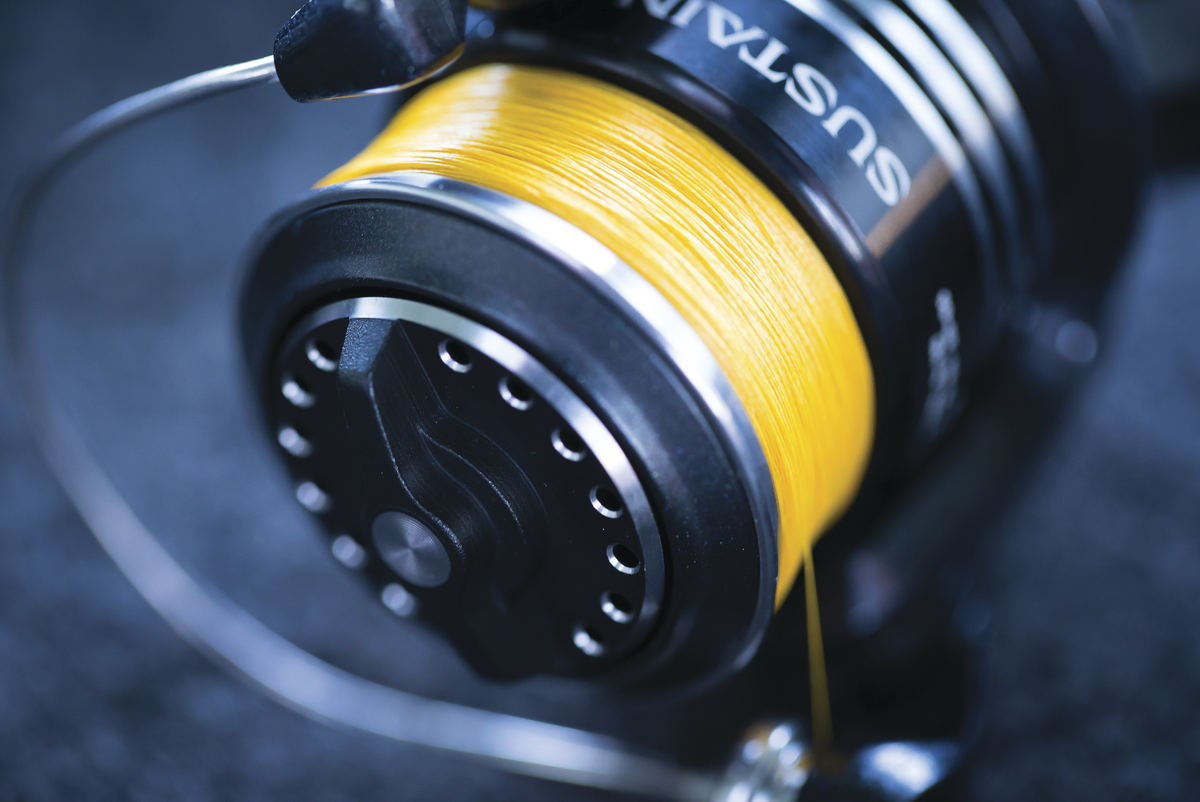
ALMOST all braided fishing lines are made using Ultra High Molecular Weight Polyethylene (UHMWPE) fibres. The process of spinning or braiding the strands of fibres gives different lines their unique feel and characteristics. Fishing line manufacturers are increasingly using PE, an acronym for polyethylene, on their products and packaging. However, it’s often used for various reasons.
The most common use of “PE” is to measure the diameter of polyethylene fishing lines. A PE size (e.g PE 0.6, PE 1, PE 2, PE 3 and so on) is based on a Japanese numbering system called “gouw”, which was originally used to measure the diameter of silk thread.
When a PE rating is applied to fishing line it’s simply as a measure of the lines diameter – not the lines breaking strain. In fact, a line rated PE 5, for example, may break at 30lb, 50lb, 90lb or anywhere in between. This can be due to the quality of the fibres, amount of strands (i.e. 4, 8, 12 and 16 strand) and the spinning or braiding process of those strands.
To make it easier for the consumer, most brands (e.g Daiwa with J-Braid & Sunline with Super PE) market their lines with a breaking strain that’s 10 times the PE rating – 10 X (PE) 5 = 50lb. Although, in most cases these lines will break well above the advertised breaking strain.
As anglers become more educated on the PE rating and venture into more expensive 8+ strand lines, brands such as Shimano, as seen with Ocea braid, will advertise a more realistic breaking strain in relation to the PE rating (i.e PE 5 Ocea braid has an advertised breaking strain of 84lb) to differentiate their product.
Patrick Linehan is a professional fishing guide at Castaway Estuary Fishing Charters based in Port Macquarie, NSW. Get in touch here: www.castawayfishing.com.au.
















